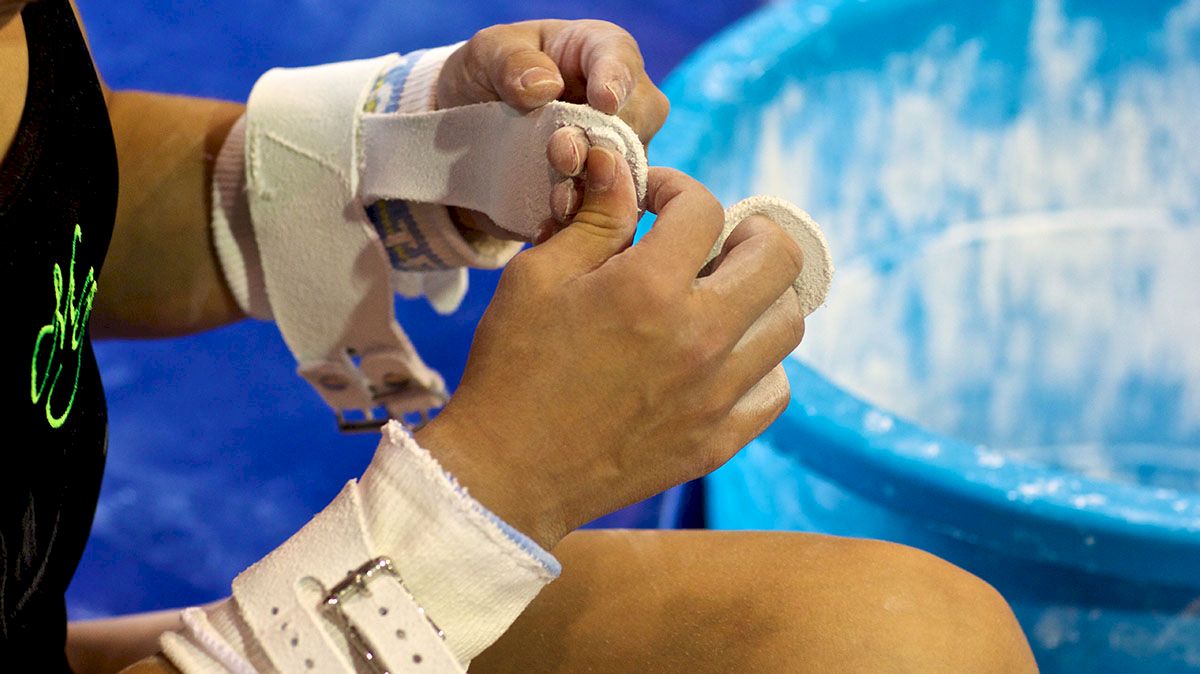3-Steps For Gymnasts To Manage Your Nerves In Competitions
3-Steps For Gymnasts To Manage Your Nerves In Competitions
3-Steps to managing your nerves during gymnastics competitions.

Thank you for the responses concerning what you would like to learn more about. The most popular questions related to dealing with nerves and helping athletes perform well during competitions. I will address the first question in this blog and the second question in my next blog. Here we go…
Generally speaking, the secret to performing your best when it matters most is being able to get your mind and body in sync and working together. You do that by using the various mental skills and techniques that I have presented in the previous blogs. The great thing about all of those topics is that the more you use them, the better they work for you. Also, the more skills you use, the more tools you have at your disposal to help you when different issues arise. So, for best results, you should incorporate multiple mental skills and use them often!
In Blogs 5 and 6, I began discussing the topic of nerves. Now, let’s look at a more specific example of how to incorporate different mental skills and techniques to help you manage nerves in competitions (the specific event is not important as these tips equally apply to beam, floor, bars, etc.).
The first step in this process is to begin understanding that any physical symptoms (e.g., sweaty palms/armpits, shaking, butterflies in your stomach, dry mouth) that you experience are your body simply telling you that it is preparing itself to perform at a high level. In other words, these symptoms are a good thing! That may sound weird, but without them, your body would not be prepared to perform its best. So, acknowledge and embrace these physical symptoms as a good thing and as a necessary component to performing your best in competitions.
The second step in this process is to go through your mental routine. Remember, your mental routine can do a few critical things for you. First, if you incorporate some deep breaths, then you can send the necessary oxygen and nutrients to your muscles and calm some of your nervous feelings and clear your mind (the physical symptoms listed above and racing thoughts are two problems associated with nervousness – your routine helps to counter them). Once you feel more in control of yourself, you can move on to the second critical thing: repeat your cue words to yourself. This will help direct your attention to the critical aspects of your performance instead of any other distracting thoughts (by focusing your mind on what is most critical to your performance, you give yourself the best chance to perform well). A third technique that you could include in your mental routine is to use imagery to see yourself executing your physical routine perfectly (seeing yourself performing successfully can build your confidence and prepare your body to do what you just saw in your mind). Each of these techniques are optional, but all three can help you be fully prepared to perform your best when it matters most.
The third step in this process is to trust your training and go execute your physical routine flawlessly! When it is time to compete, you have to let your body do what you have trained it to do. If you still think you can’t do your physical routine properly, then you may not have trained enough physically. Using these three steps will help your mind be in the right place to let your body perform up to its full potential.
If you have a more specific question about how to manage your nerves in competitions, then post your question and I would be happy to answer it. This was a great question, so please keep them coming! What else would you like to learn about? The more specific your question, the better response I can provide.
Remember, I will address the second most popular question that was submitted (how to help athletes perform well during competitions) in my next blog, so stay tuned!